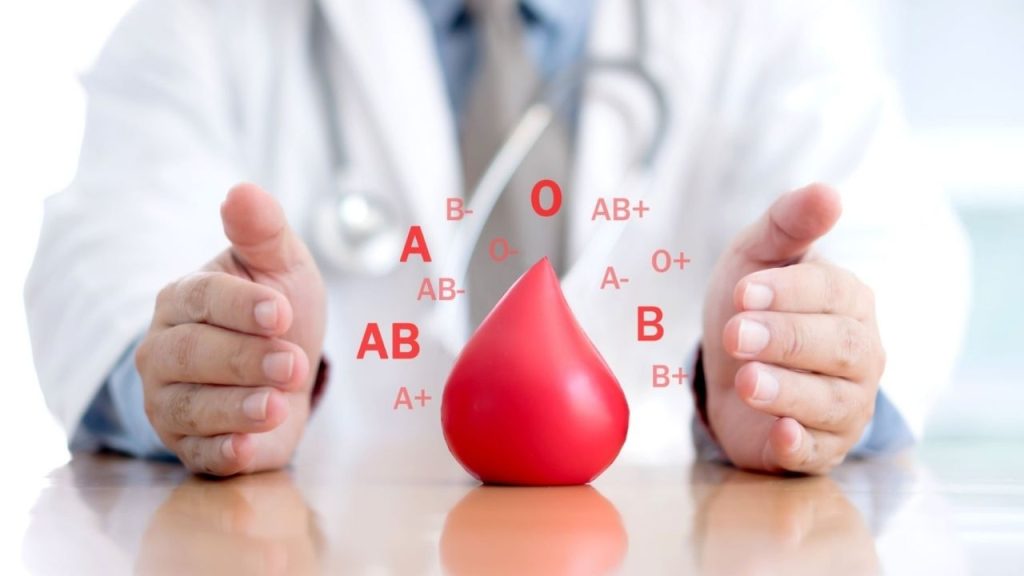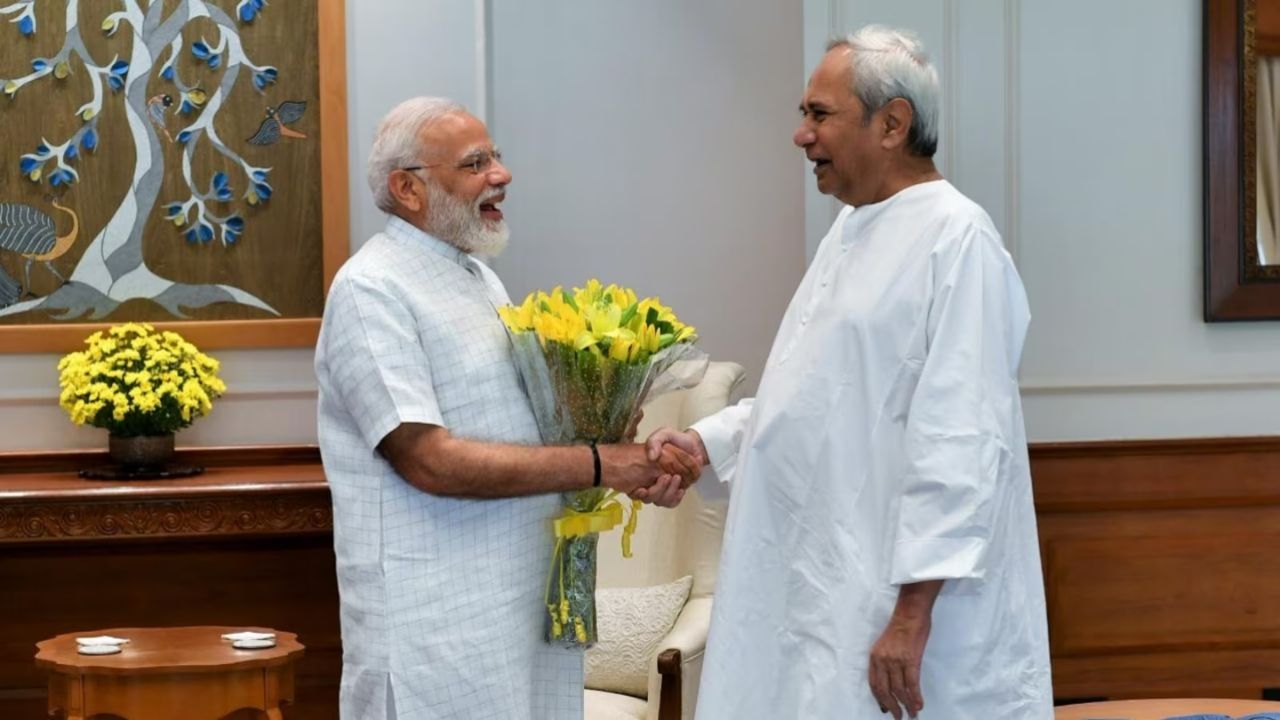When you hear the phrase “A Vision Beyond Sight: Divyang Youth from Sambalpur Emerges as Lifesaver Through Blood Donation”, you might picture a heartwarming story of grit and humanity—and you’d be right. This isn’t just a headline, it’s the story of Swagat Mohapatra, a visually impaired (or divyang) young man from Sambalpur, India, who has been quietly rewriting what it means to be a true hero.

Swagat, despite losing his eyesight, has been donating blood regularly for nearly a decade. What makes his story even more remarkable is that he times his donations to India’s Independence Day (August 15) and Republic Day (January 26)—days that celebrate freedom, unity, and national pride. His act is a reminder that service to others doesn’t require perfect circumstances—just a big heart and a bit of courage.
Divyang Youth from Sambalpur Emerges as Lifesaver Through Blood Donation
| Point | Details |
|---|---|
| Who | Swagat Mohapatra, visually impaired youth from Sambalpur, Odisha |
| What | Has donated blood nearly 20 times since 2015 |
| When | Twice a year on Independence Day (Aug 15) & Republic Day (Jan 26) |
| Why | Driven by patriotism, compassion, and the belief that disability is not inability |
| Impact | Inspired community awareness about voluntary blood donation |
| Source | Odisha TV Report |
Swagat Mohapatra’s story—“A Vision Beyond Sight: Divyang Youth from Sambalpur Emerges as Lifesaver Through Blood Donation”—isn’t just about one young man in India. It’s about redefining what it means to be a hero. It’s about showing that disabilities don’t define limits, consistency changes lives, and a single pint of blood can ripple across communities.
If a visually impaired youth from Sambalpur can step up, what’s stopping us?
The Bigger Picture: Why This Story Matters
Let’s break it down. In the U.S., when we think about blood donation, the American Red Cross often comes to mind. According to the American Red Cross, every two seconds, someone in the U.S. needs blood or platelets. That’s millions of patients every single year—accident victims, cancer patients, those undergoing surgery, and people with chronic illnesses.
Now imagine a young man, who can’t see the world as most of us do, showing up at the blood bank year after year, on dates symbolic of unity, to give back. That’s the power of perspective. His message? You don’t need perfect circumstances to make a perfect impact.

Disability ≠ Inability
In America, we often use the term “differently abled” to describe people with disabilities. In India, “divyang” means “divine body.” Both terms push back against outdated stereotypes. Swagat’s actions challenge the misconception that people with disabilities need to be on the receiving end of charity. Instead, he proves they can lead the charge in giving.
Think about it:
- A person who can’t see decides to become the light for others.
- He chooses two of the most patriotic days in India to make his contribution.
- His story is picked up by local and national media, inspiring thousands.
That’s not just symbolic—it’s revolutionary.
The Science & Safety Behind Blood Donation
Okay, let’s get a little technical for a second. Some readers might wonder: Is it safe for someone visually impaired or differently abled to donate blood? The short answer: Yes.
Here’s why:
- The eligibility criteria for blood donation are based on health markers, not disabilities.
- According to the World Health Organization (WHO), anyone in good health, weighing at least 110 lbs (50 kg), and aged between 18–65 can donate safely.
- Disability alone is not a disqualifier.
In fact, in the U.S., organizations like the FDA and the Red Cross ensure that the blood supply is safe and donors are screened carefully.
Lessons for America: What We Can Learn from Swagat
Here’s where the rubber meets the road. Swagat’s story isn’t just a sweet tale—it’s a call to action.
1. Consistency is Key
He donates twice a year like clockwork. Imagine if each of us picked two dates every year—say, July 4th and Thanksgiving—and made it our tradition to donate. The blood shortage crisis in America would shrink dramatically.
2. Symbolism Inspires Action
By choosing Independence Day and Republic Day, Swagat connects patriotism with compassion. In the U.S., what if blood banks launched campaigns around Memorial Day or Veterans Day, highlighting the connection between service and saving lives?
3. Representation Matters
When people with disabilities are seen not just as recipients of care but as leaders in service, society shifts. It breaks stigmas and builds a
How to Become a Lifesaver Through Blood Donation
Want to follow Swagat’s footsteps? Here’s a no-nonsense, easy-to-follow guide.
Step 1: Check Eligibility
- Must be 17+ (16 in some states with parental consent).
- Must weigh at least 110 lbs.
- Must be in good health.
(Source: American Red Cross Blood Donation Requirements)
Step 2: Find a Local Donation Center
- Use the Red Cross Locator Tool.
- Many hospitals also run donation drives—check your local community board.
Step 3: Prepare Yourself
- Eat a healthy meal.
- Drink extra water.
- Bring your ID.
- Avoid fatty foods right before your appointment.
Step 4: Donation Process
- Registration → Health Screening → Donation (~10 mins) → Refreshments.
- The whole process takes about an hour, tops.
Step 5: Aftercare
- Rest for a few minutes.
- Keep hydrated.
- Avoid heavy lifting for 24 hours.
Pro tip: Schedule your next donation date before you leave. Blood donors can safely donate every 56 days.
Real Talk: The Numbers That Matter
- 1 pint of blood can save up to 3 lives (Red Cross).
- Only 3% of eligible Americans donate blood yearly.
- In India, there’s still a shortage of nearly 1 million units of blood every year, according to the National Blood Transfusion Council.
Swagat’s 20 donations = potentially 60 lives saved. That’s more lives than most of us will ever directly impact.
Odisha Pioneers Plastic Waste for Sustainable Road Development
Odisha Government Announces 22,896 Group C Posts for 2025, Deadline by August 31
From Vice-President to Suspect: Nihar Mohanty’s Suspension Shakes Odisha’s Education Board
FAQs
Q1. Can people with disabilities donate blood?
Yes. As long as they meet the health requirements. Disability alone is not a disqualifier.
Q2. How often can I donate blood?
Every 56 days for whole blood. Platelet donations can be done more frequently.
Q3. Is it safe?
Absolutely. All equipment is sterile, single-use, and monitored by professionals.
Q4. Does blood donation hurt?
It feels like a quick pinch, nothing more. Most donors say it’s easier than expected.
Q5. Can I donate if I take medications?
It depends. Some medications are fine, others may require a waiting period. Always check the FDA guidelines.





